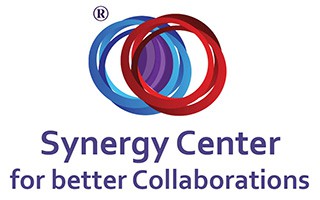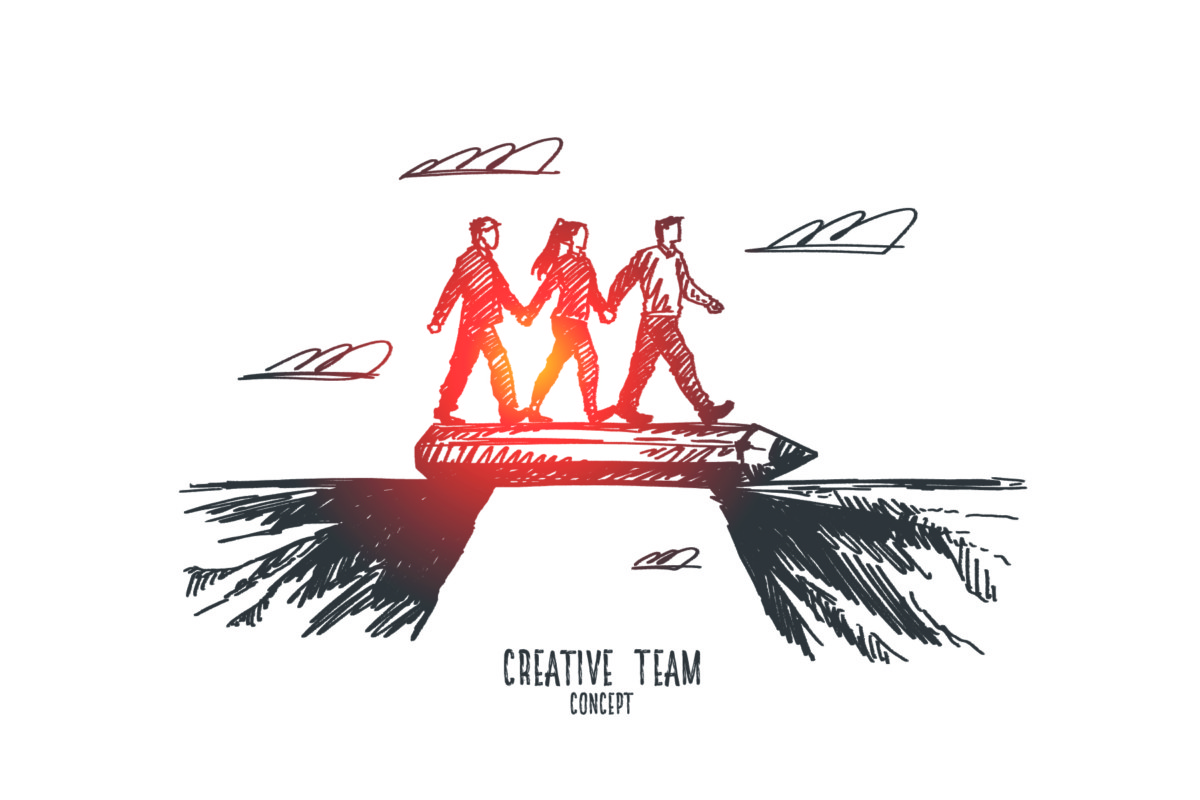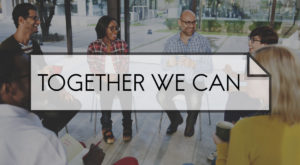It’s not easy to foster a language of synergy and cooperation in an organization if boundaries are rigid. For synergy to thrive, boundaries must be flexible – not rigid. Ego is a main reason why people are resistant to synergy.
The strength of ego depends on fear, personality, ambition, wish and need. Fear, lack of confidence, level of internalization, personality and problems with assimilation of changes and operation outside one’s comfort zone all conspire with ego against synergy and diversity.
Let’s learn how rigid and flexible boundaries hamper and promote synergy, respectively.
Rigid Boundaries
When one enhances the rigidity of a boundary, they make it difficult for another to cross or overcome it. They stem from the perception that someone that operates outside the boundary poses threat or fear.
This perception of fear or threat can occur at individual, elemental, departmental, organizational or national level. Consequently, efforts to rigidify the boundary, so that whomever or whatever they perceive as threat or fear is contained, are put up.
For example, during the Cold War era, and before the fall of the Berlin Wall three decades ago, there was a clear demarcation between the then Eastern and Western Germany. It was clear indication of the polarity of power and tension between the West and the former Soviet Union.
Flexible Boundaries
They come as a result of a two-way (mutual) process in which entities on either side of the boundary invest efforts to flex or recalibrate the boundary to make it “lightweight”. This doesn’t necessarily mean that both parties can cross the boundary, but it makes it possible for interactions between the parties to occur while both are comfortable operating within their limits.
The aim is to pool different entities together – not to dissolve their differences. Therefore, the aim is to foster synergy and cooperation between entities who retain their diversity — synergy doesn’t work with sameness.
Softening or flexing boundaries contributes to improving the quality of interactions between the disparate entities. With improvement of quality of interactions, comes more tolerance and understanding between diverse entities; hence, greater synergy. This isn’t to say that when there’s synergy that problems won’t arise. When diverse entities are increasingly egocentric, less confident, fearful, personal, internalized or less receptive to changes, boundaries become more rigid.
A good case example is the European Union. Even though sharing a currency – Euro – and cancelling country-specific passports helped to forge synergy, problems such as terrorism, immigration policies, labor policy, economic recessions, etc. are causing fear. Consequently, EU countries are increasingly inward-looking, as otherness’s increasingly less acknowledged. There have been calls for the disbandment of the EU, and issues such as Brexit have dominated European politics.
Blurred Boundaries
These are incomplete boundaries — they’re unclear or poorly defined. With such boundaries, disputes are bound to arise, because there demarcation’s debatable. Diverse entities overlap, making it difficult to make a distinction – it’s as if the diversity has dissolved to give way for uniformity. Synergy can’t thrive if there’s no diversity.
In organization, blurred boundaries manifest when roles and responsibilities are unclearly defined, causing overlapping. At international level, blurred boundaries are ones which promote free trade but limit cultural flow.
As a Brief Recap…
For synergy to thrive, diversity must be present, and boundaries must be flexible. Blurred boundaries prevent diversity, because of overlap. To ensure that there’s synergy, entities must put aside their ego. In addition, different entities must enhance their confidence, tame their personality, decrease internalization, assimilate changes, and operate outside their comfort zones. However, if an entity allows fear, ambition, wish, personality and need to dominate, then ego would become stronger.




